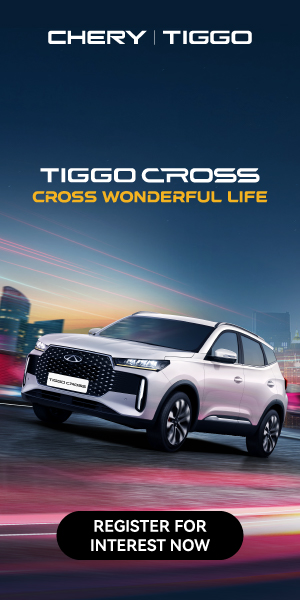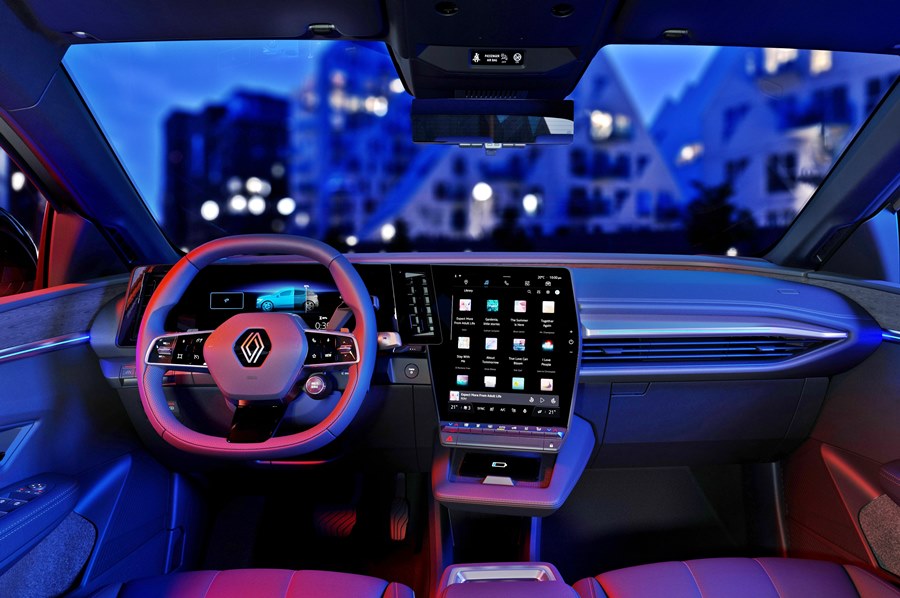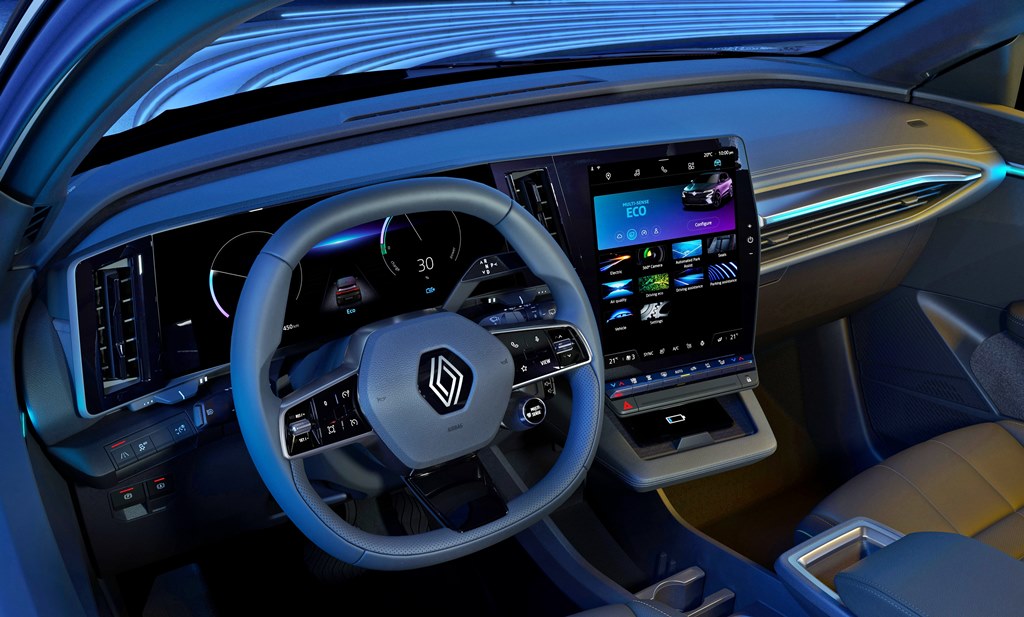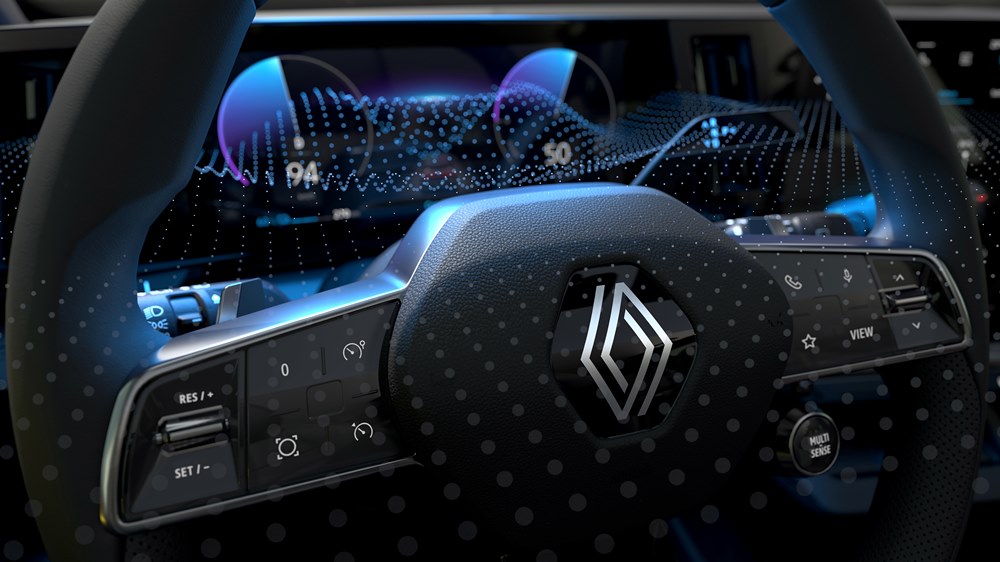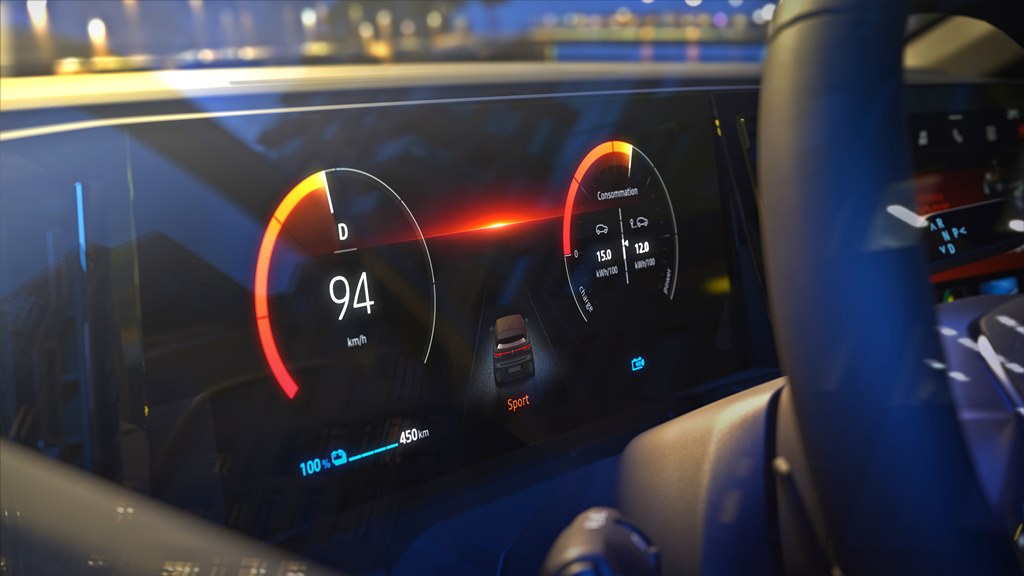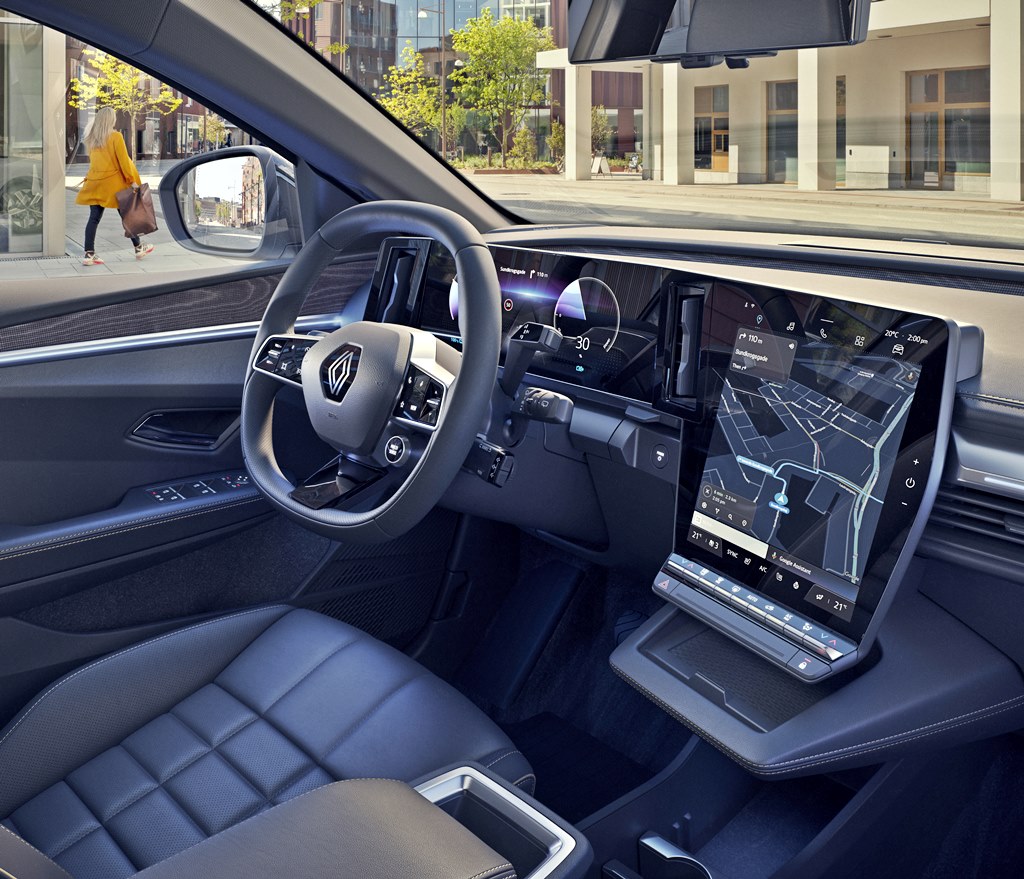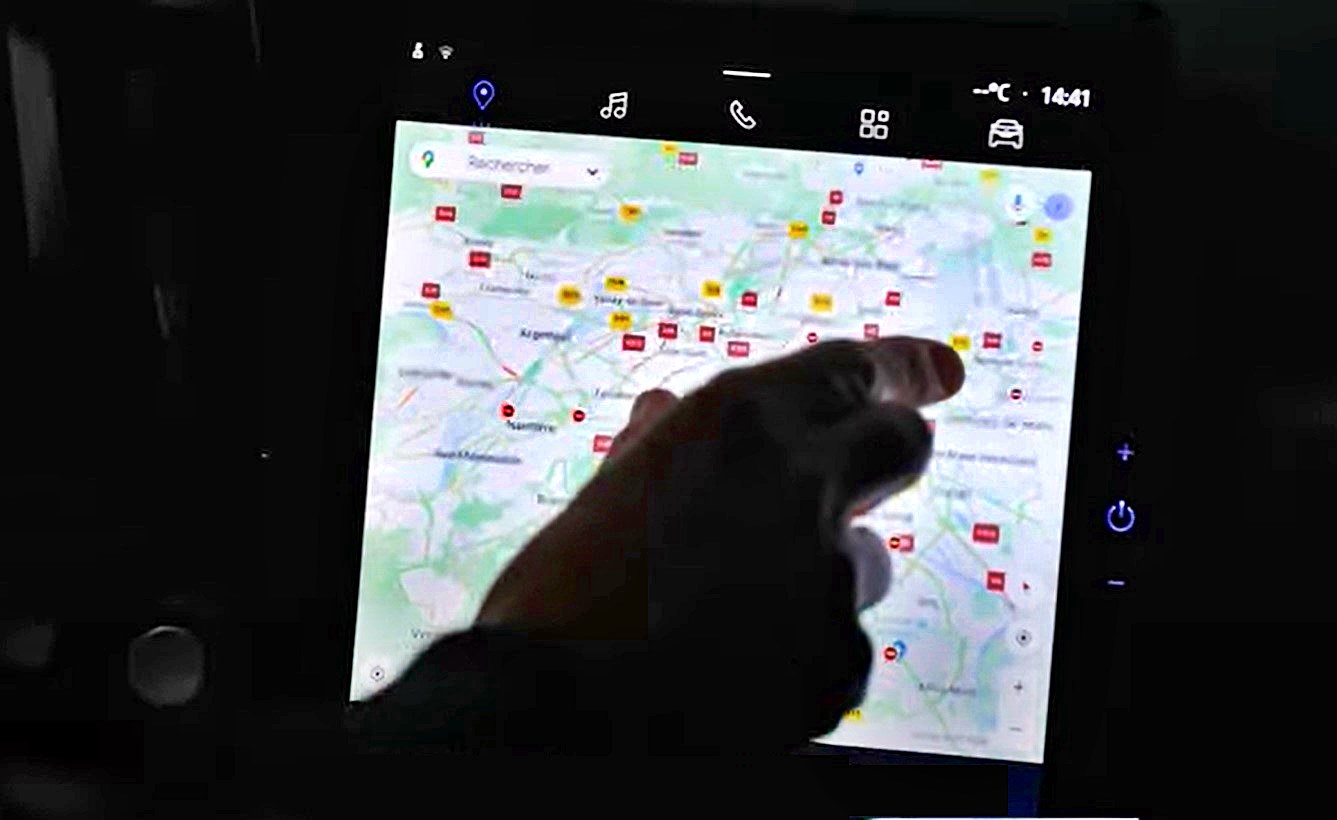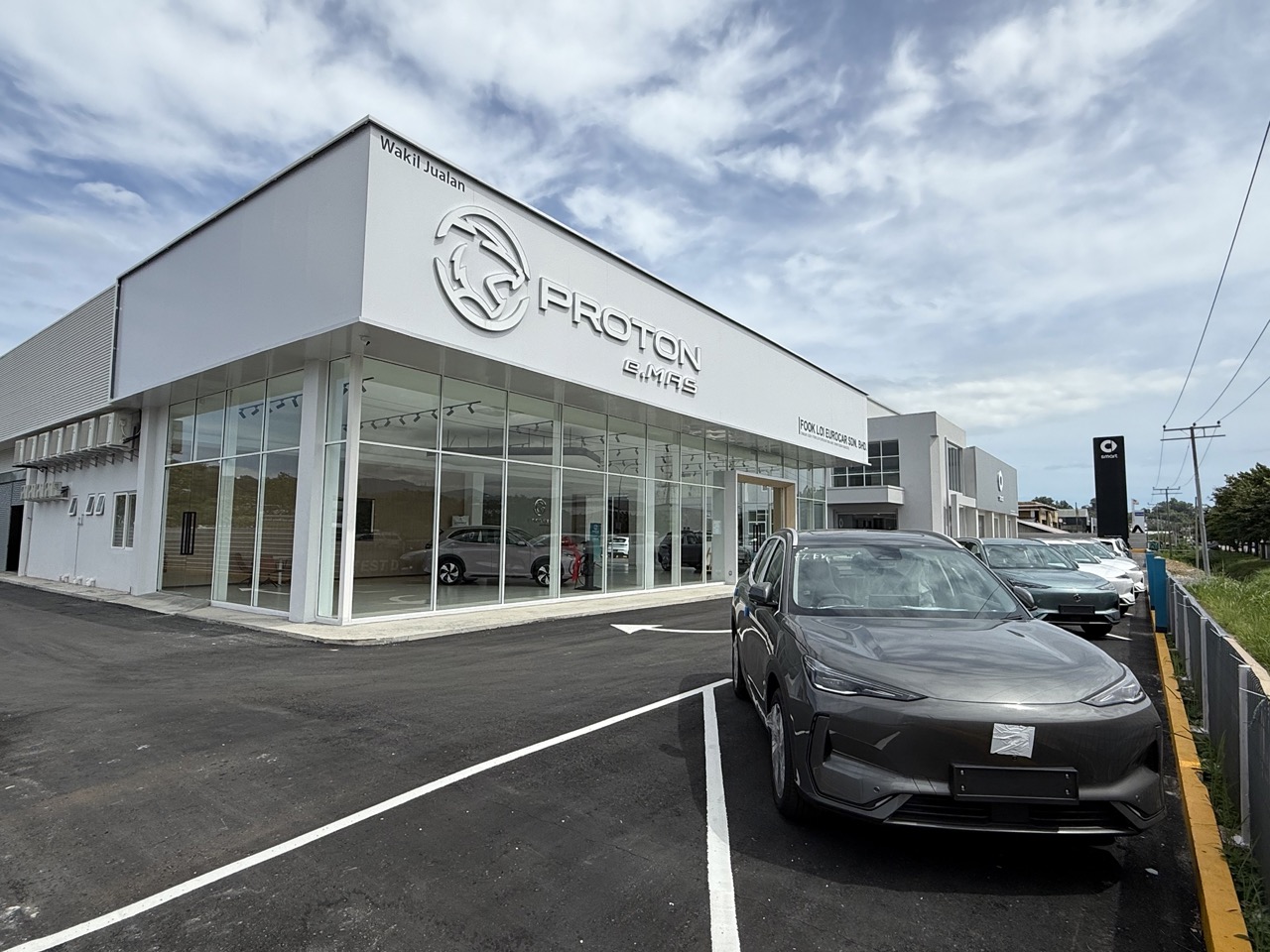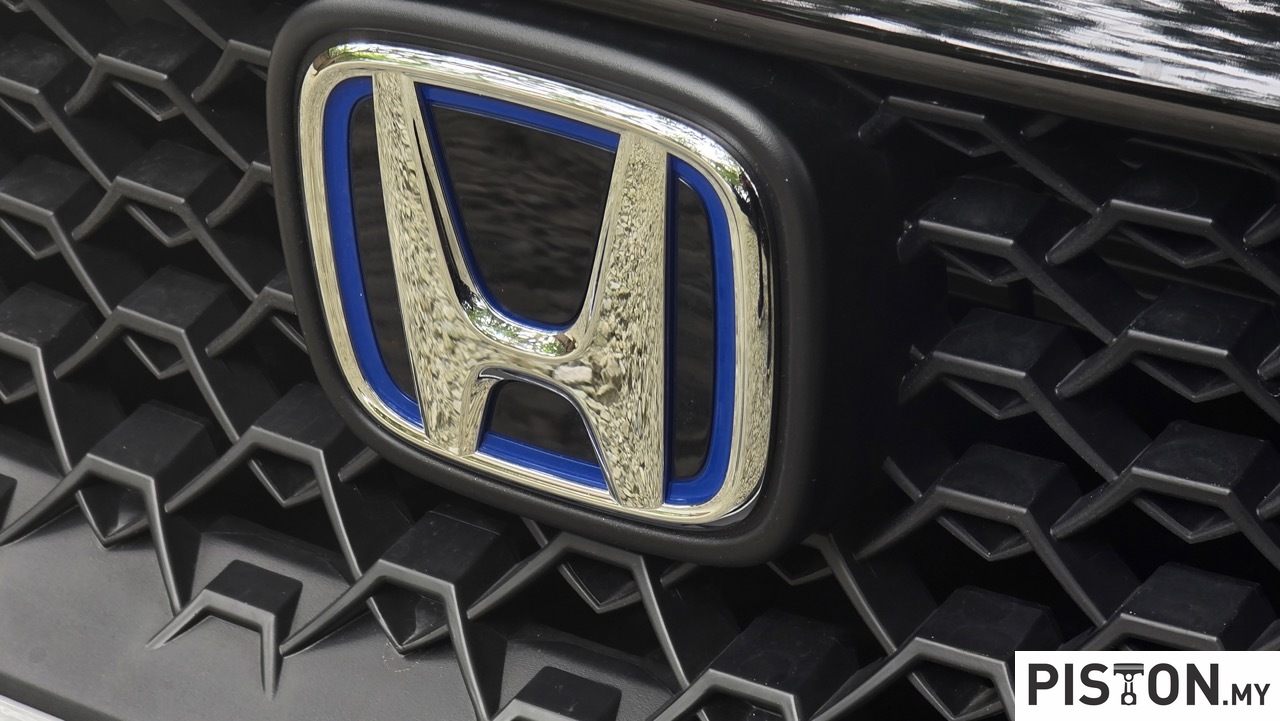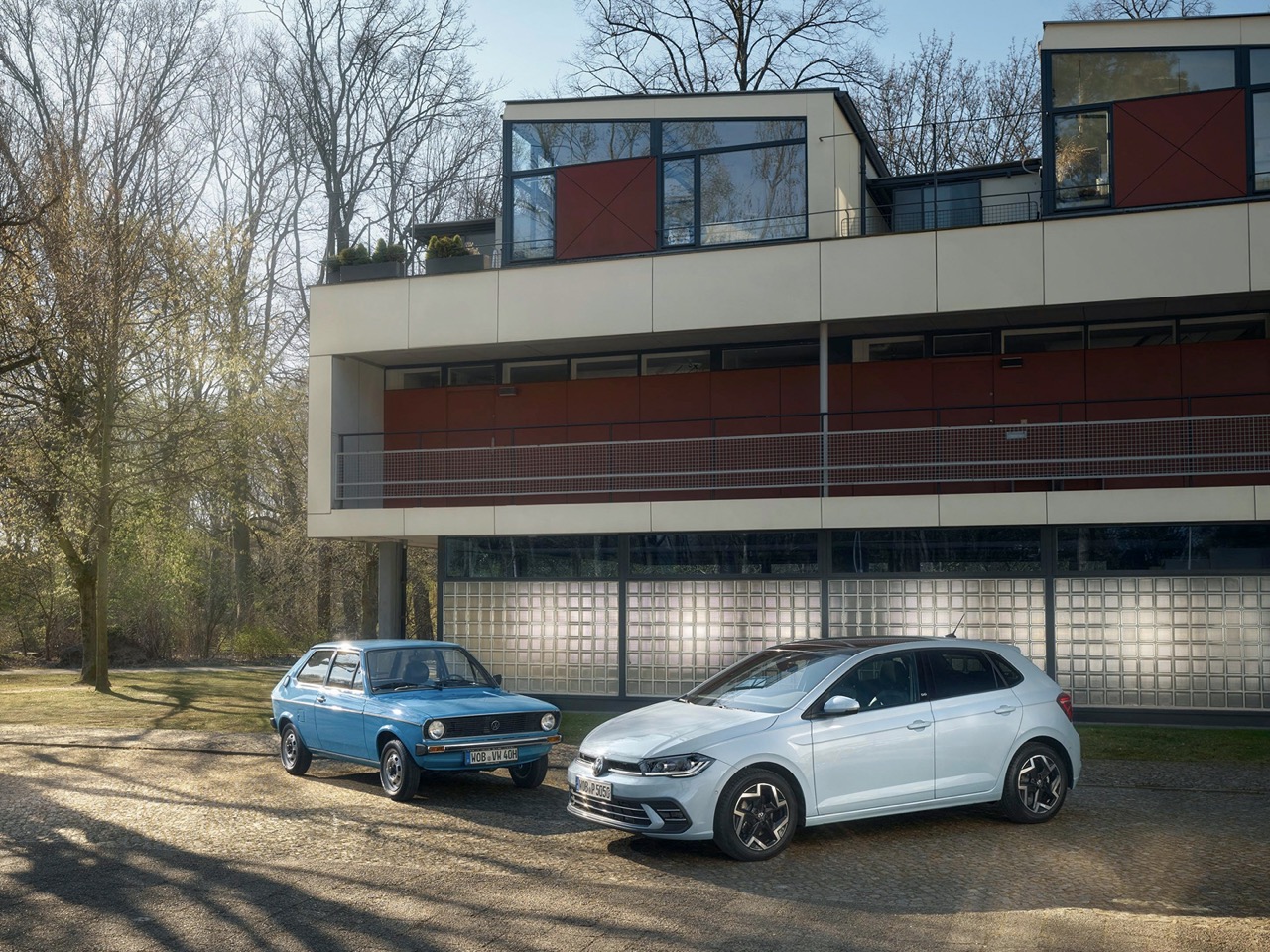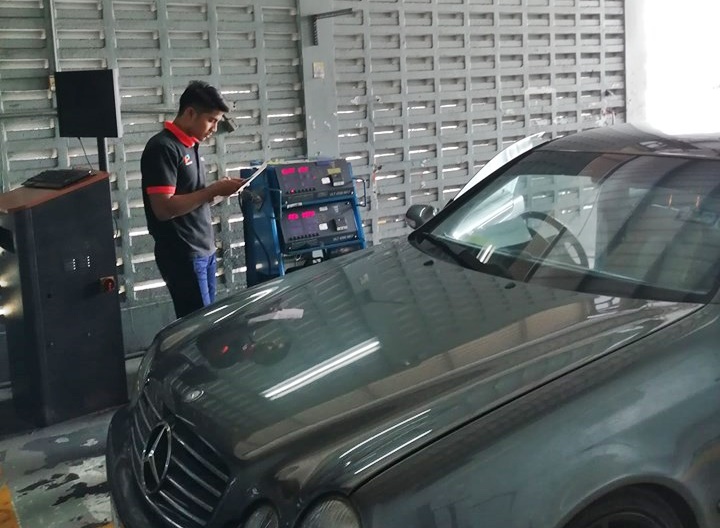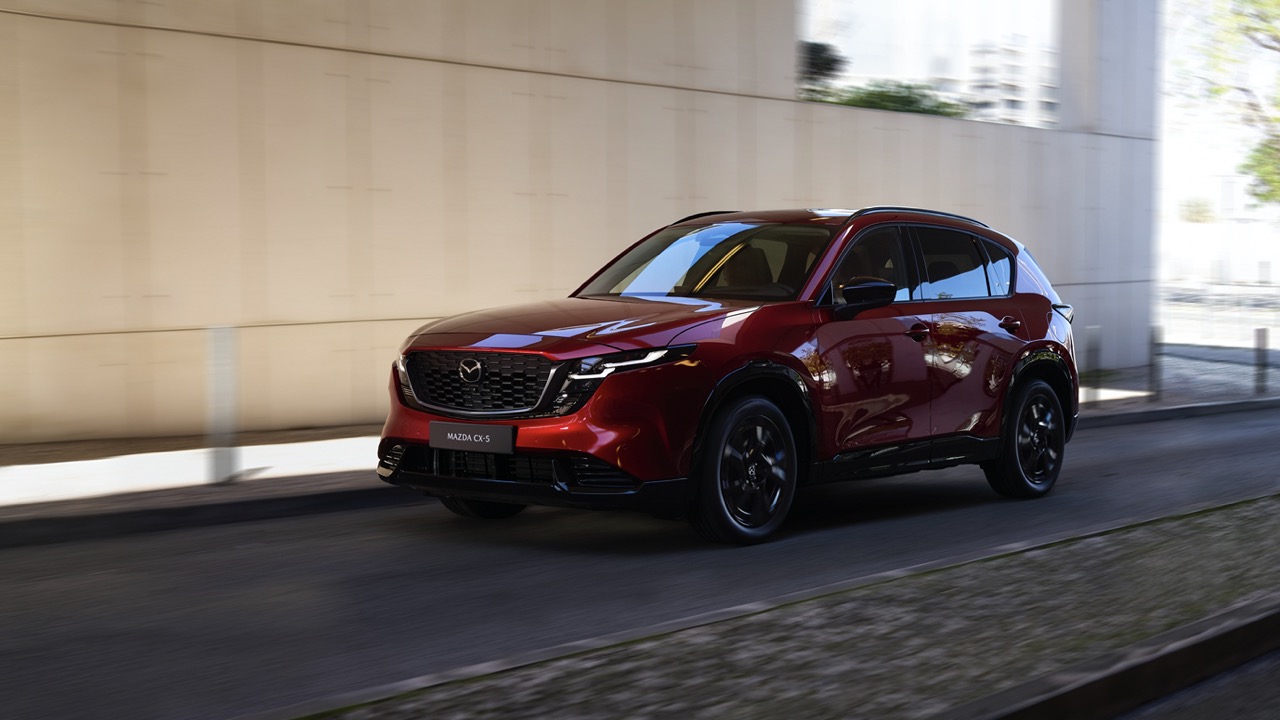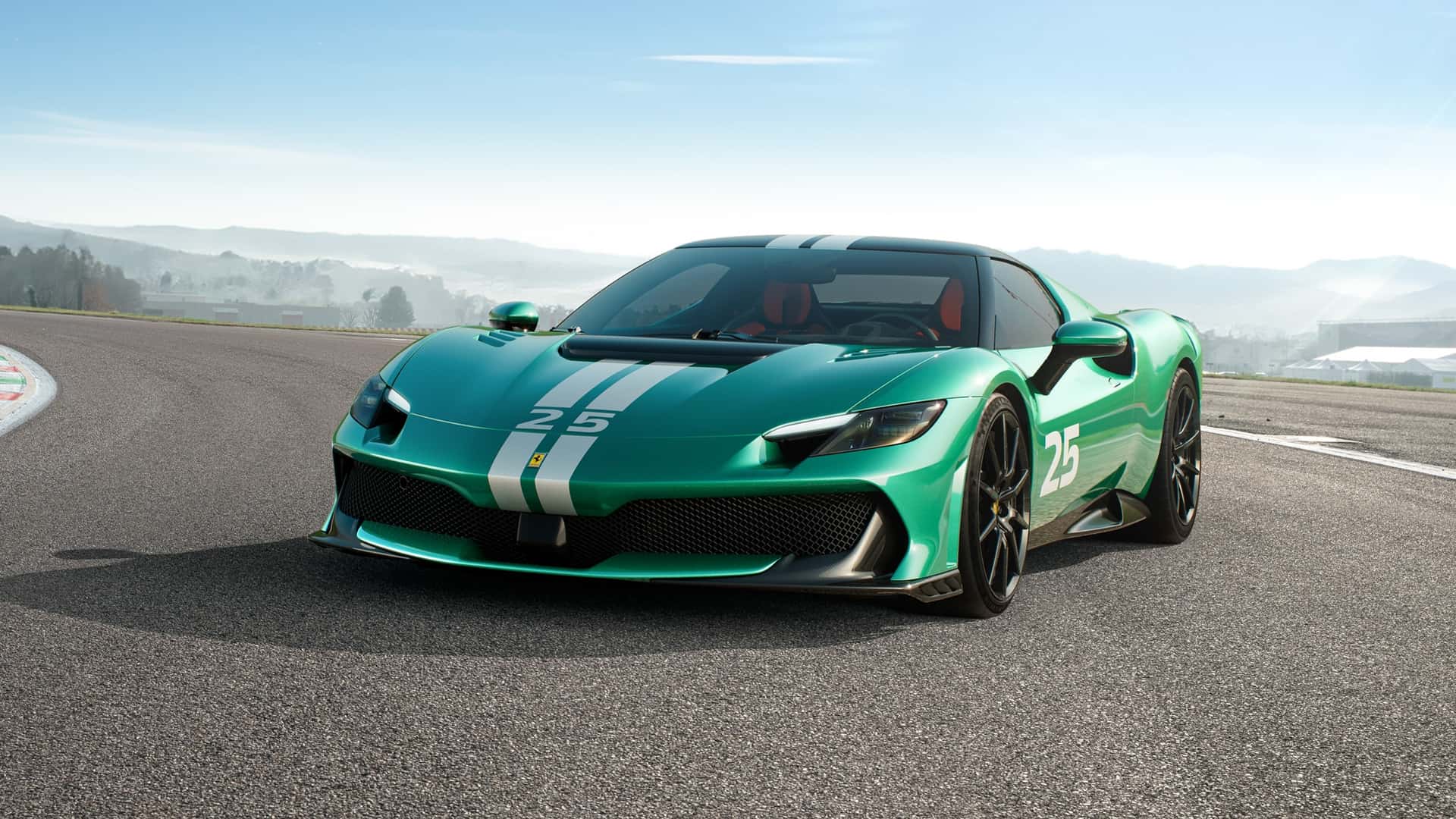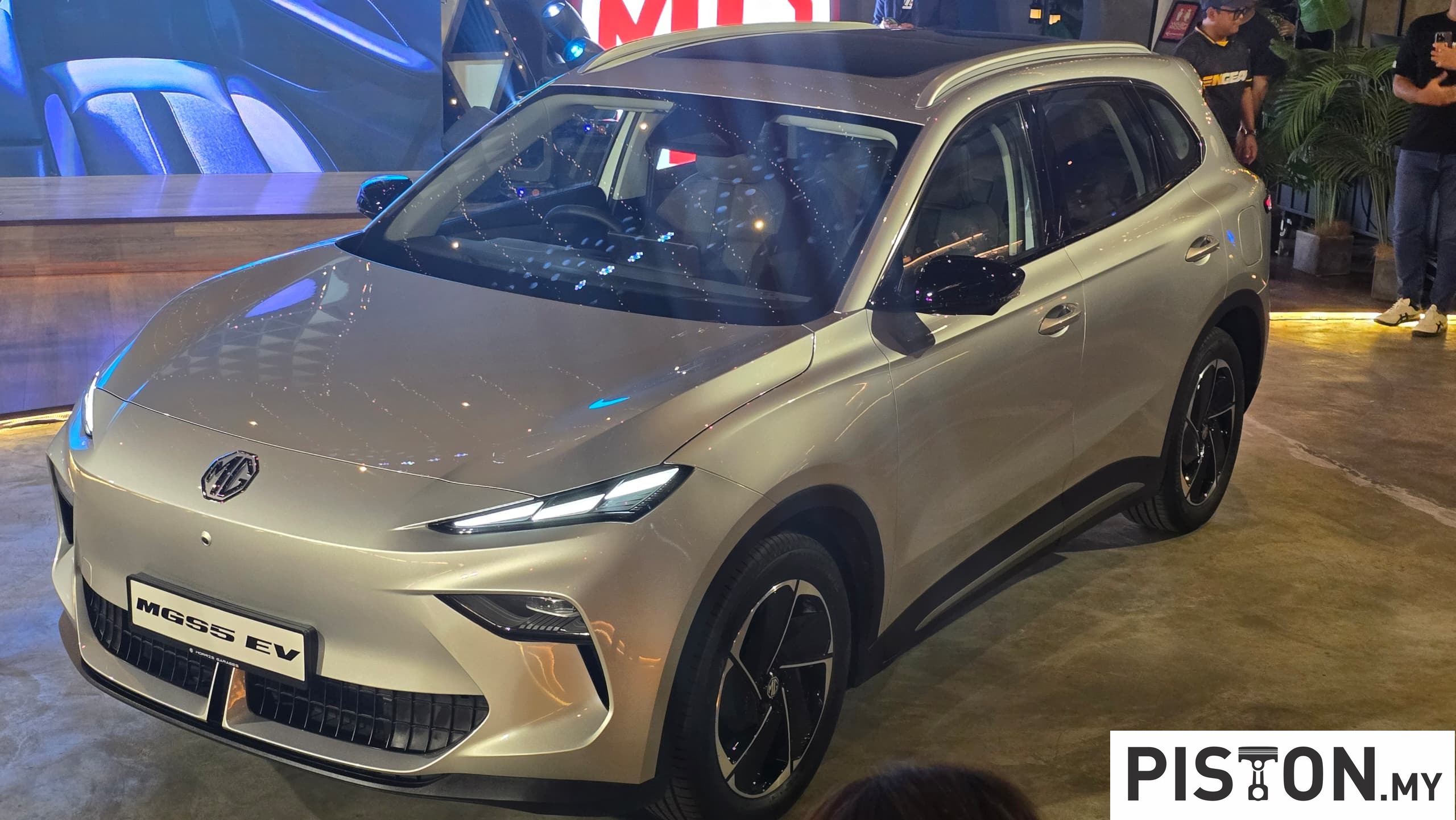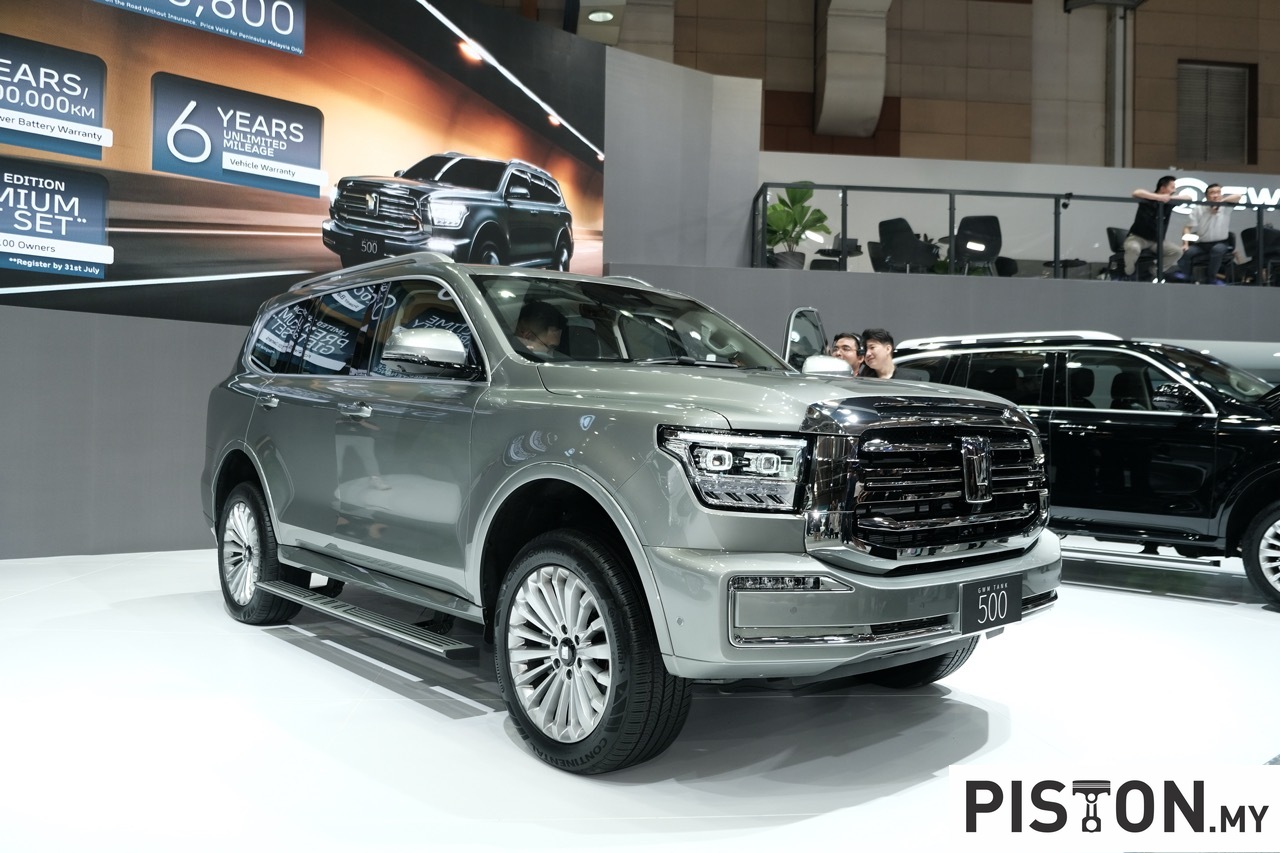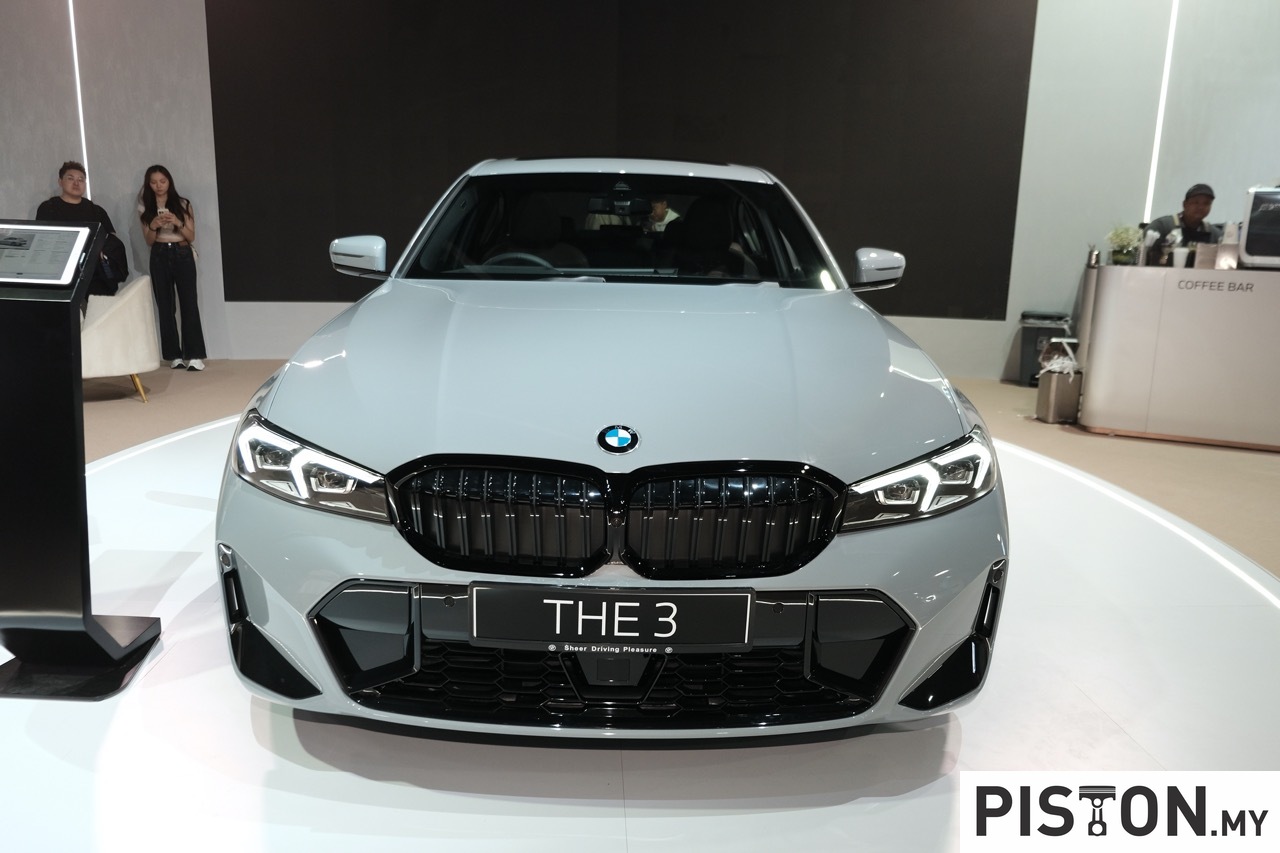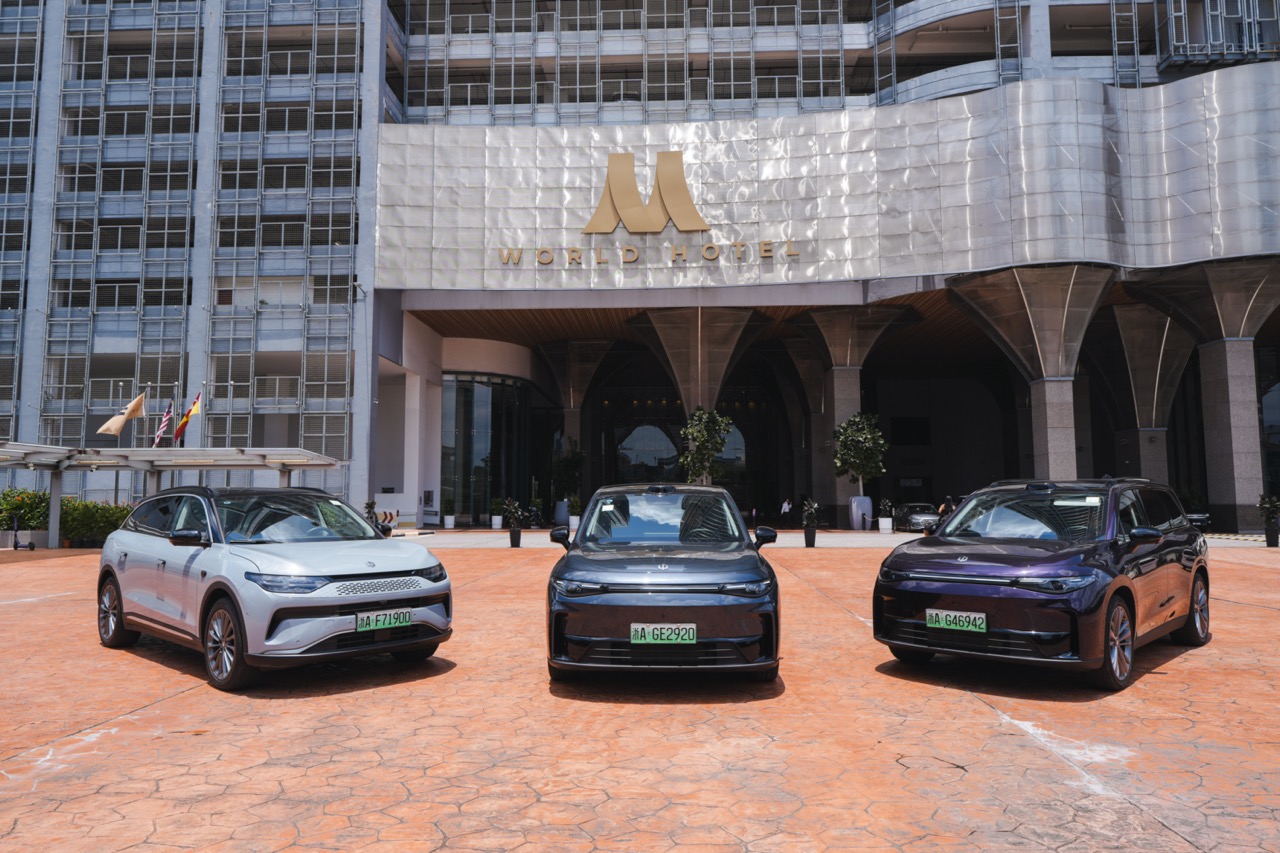Car manufacturers are constantly introducing new technology in their models, often (but not always) starting at the top end due to the high initial cost. The innovative technology may be unique to the manufacturer and is described in detail but gets lost as the model it is in may also be significant as well. But over time, the innovative technology starts to spread to other models and becomes a standard feature. Two examples would be the Mercedes-Benz MBUX and Peugeot’s i-Cockpit which can be found in every new model each manufacturer launches.
Renault too has a new breakthrough in on-board technology that it is now introducing, and it would be worthwhile remembering that it first appeared at the beginning of 2022. It’s called OpenR and takes the touchscreen to a new level. In time, it will surely start to appear in other new models to come.
Evolution of displays over 35 years
The first production car with a touchscreen was the Buick Riviera some 35 years ago. Since then, in-vehicle electronics have come a long way, with the hardware becoming more efficient, the experience smoother, and screens getting larger and having higher resolution. Navigation is now effortless and intuitive, and the applications can be easily updated ‘over the air’, so they always perform at their best.
And one thing hasn’t changed much recently: multimedia systems in vehicles are looking more and more like smartphones. The main challenge for Renault when developing its new Megane E-TECH Electric was to offer an even better interface enabling customers to find everything they need very fast and intuitively.
Totally new electronic architecture
To achieve this, an electronic architecture like nothing the market has seen before was developed. It modernises driver assistance systems and enhances viewing comfort, and the Megane E-TECH Electric is the first car to get it.
From where the driver is sitting, the striking feature of Open R is its sweeping digital display made of up two screens forming an ‘L’. The vertical 12-inch screen is on the car’s centre console, with a horizontal 12.3-inch screen is built into the dashboard, behind the steering wheel.
Together, the two screens span 774 sq. cm. and maximise the display area to provide an immersive experience. They are the biggest screens Renault has ever built into a vehicle, with the glass panels blending into the cockpit’s lines. They are in the best position for the driver to see it and operate easily, to take full advantage of the multimedia capabilities without taking their eyes off the road.
CMF-EV platform
The technical feat overlaps with the arrival of the all-new CMF-EV platform for electric vehicles. Thanks to it offering new design flexibility, the engineers were able to move the air-conditioning unit into what used to be called the ‘engine bay’ (but now has only an electric motor). This freed up more space in the cockpit which, in turn, allowed the centre console to have a large and flush screen. The shifter and MULTI-SENSE interface are also transferred to the steering wheel, improving ergonomics and opening up more space in the middle of the passenger compartment and on the centre console.
While touchscreens and digital displays have allowed many functions to be placed on the screens, Renault’s designers have not been ‘excessive’ in this trend. They maintain some physical buttons – for example, to adjust the air-conditioning – in a subtle way beneath the central screen. This line of chrome-plated buttons looks natural in the cockpit and avoids the ‘fake’, unused buttons beneath the console that previous vehicle generations often had.
Like the latest smartphones, the OpenR screen (made by Continental) uses aluminosilicate-based Gorilla-type glass. It is tempered, ultra-resistant to shocks, scratch-proof and estimated to last 15 years. It comes with anti-reflective and anti-smudge coating. The ultra-fine contouring protects the screen’s edges. The HD quality of the TFT panel and finish combine to yield crystal-clear images.
The dashboard screen also has anti-reflective coating, and uses advanced micro-blinds technology (the technology that privacy screens for computers use). This means the ‘visor’ that usually shields the meters from sunlight is no longer needed – so the interior design is even sleeker. As for brightness, the panels adapt to outdoor light levels, so they are easier to read and don’t tire the eyes of the driver.
With OpenR, the user experience is said to be a lot like having a smartphone built into the car. This is a good approach since most people would be very familiar with their smartphone. That way, they don’t have to learn to use a whole new system.
Linked to Google ecosystem
Android Auto and Apple CarPlay are available but the interface is designed to avoid having to use a phone altogether. All the features are at users’ fingertips, and the OpenR Link system runs on the Android OS, so all the familiar apps are there. Being associated with the Google ecosystem means that drivers can have all the classic and favourite apps brought into the car, and they also enjoy customisation like on their smartphone. And being plugged into Google’s ecosystem also means that the car can be part of their ‘digital life’.
These include the popular Google Maps which, on a screen that is 6 times bigger than an average smartphone screen, will give a much better user experience. Google Maps has also been optimised for electric cars and includes a route planner specifically for such zero emission vehicles. The planner can factor in real-time vehicle data, weather information and other variables to suggest a stop at a charging station, tell the driver what the battery charge level will be on arrival at that charging station, and tell them how long it will take to charge the battery. It can also estimate the battery charge level when the car reaches its destination.
As many drivers have found, using Google Maps means that they can get updated maps as millions of users help contribute and improve Google’s database. So unlike earlier on-board navigation systems where owners had to periodically obtain new digital maps (for a fee), Google Maps is constantly updated – and it’s free.
On the hardware side, Renault chose American specialist Qualcomm which has supplied its third-generation Snapdragon Automotive Cockpit platform. This is built around an ultra efficient processor that has plenty of extra capacity to handle future applications. As a result, the motion on the screen is 7 times smoother than with the previous generation. Qualcomm will also offer its expertise in connectivity, digital cockpits and visualisation, its service platform, as well as driver assistance – including autonomous driving.
However, the screens, computing power and system also require some form of ‘intelligence’ behind the human-machine interface (HMI). For that, Renault approached South Korea’s LG Electronics, which developed the software platform to pair the two screens so the driver can display the navigation maps on the display behind the steering wheel.
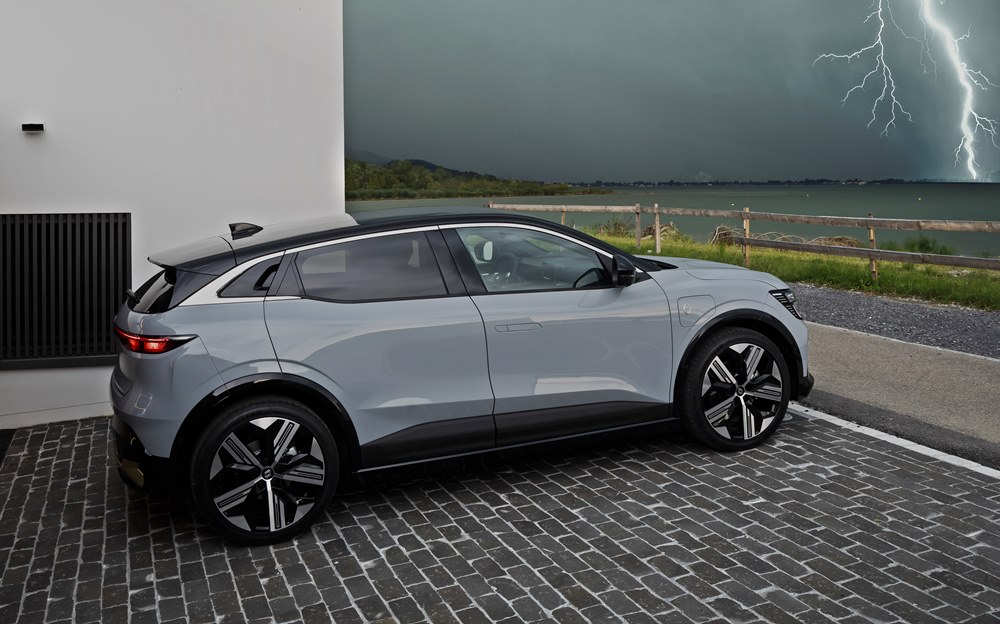
Groupe Renault ready for changing auto industry with new Mobilize business unit


